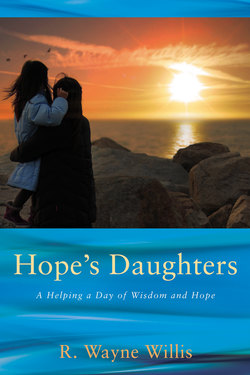Читать книгу Hope’s Daughters - R. Wayne Willis - Страница 58
На сайте Литреса книга снята с продажи.
February 18
ОглавлениеCandy Lightner, realtor, mother of three, had her world shattered in one second on May 3, 1980. Her thirteen-year-old-daughter Cari, walking down a quiet street, was struck from behind by a car. The impact threw Cari 125 feet, killing her. Clarence Busch, the driver of the car, did not stop. He had been arrested for another hit-and-run accident just two days before hitting Cari. For his four earlier drunk-driving convictions, he had served less than forty-eight hours in jail.
When Lightner learned later that Busch would probably serve little or no jail time, she was furious. In her book Giving Sorrow Words she said that she felt enraged and helpless. Her fury drove her to action. She promised her friends: “I’m going to start an organization, because people need to know about this.”
From her personal tragedy came the birth of MADD, “Mothers Against Drunk Driving.” Within months of Cari’s death, Lightner was testifying before legislatures. Using money from Cari’s insurance and her own savings, she quit her job and began traveling the country giving speeches, rallying volunteers, and lobbying for tougher drunk driving laws. She said, “You kick a few pebbles, you turn a few stones, and eventually you have an avalanche.”47
In 1984, she stood next to President Ronald Reagan as he signed the bill that changed the drinking age from eighteen to twenty-one. There were twenty-six thousand alcohol-related automobile fatalities in 1982. In 2010, the number was twelve thousand.
Anger is a natural, predictable part of grief. After being furious for a time after a personal tragedy, some, like Candy Lightner, throw that fury into constructive action.
Augustine said that hope has two lovely daughters, anger and courage.48 Anger, instead of immobilizing and depressing us, in time can become the fuel that lights a fire within us to stand up and work to make something constructive come for others out of our sorrow.
